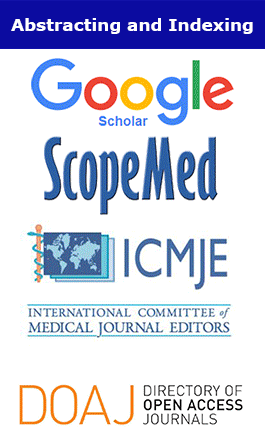Applied Medical Research. 2021;
8(2):(127-161)
Effect of COVID-19 Pandemic on Dental Surgeons in Jhanshi and Datia 2 nearby District
Laxman Singh Kaira, Atul pratap singh kushwah* and K S Negi
Abstract
A new coronavirus (Sars-CoV-2) was detected in China at the end of 2019 and has since caused a worldwide
pandemic. The Sars-CoV-2 is highly infective through airborne contamination, the high infection risk in the
dental environment is a serious problem for both professional practitioners and patients. Present study
was done to evaluate the impact of Corona Virus disease 2019 (COVID-19) pandemic on dental practice
by conducting an online questionnaire among the dental practitioners of 2 nearby districts of Jhanshi and
Datia.
Methods: A Questionnaire based study was done among the dentists of 2 nearby districts. The study included
questions that evaluate the dentists’ knowledge, perceptions and attitudes toward the COVID-19
pandemic and its effect on their personal life, financial status, and the quality of dental services for patients.
Results: A total of 178 dentists contributed to this study (134 general dentist and 44 Specialist). The majority
of the participants (n = 146, 82 %) did not perform any non-emergency procedures during the pandemic.
The general dental practitioners have employed standard treatment protocols and SOPS( Standard
Operating Protocols) to decrease the risk of transmission, like scheduling minimum treatment durations
(n = 76, 48%), proper diagnosis and check up of patients (n = 118, 66%), and using recent personal protective
equipment (n = 83, 47%). However, most of the dentists (n=164 , 92%) had financial and availability
problems of personal protective equipment during the pandemic. Most, 95% (n = 170) of the participants
reported that they encountered a decrease in their financial income since the eruption of the pandemic.
Conclusion: The practice of dentistry involves the use of rotary dental and surgical instruments, such as airotors
or ultrasonic scalers and air-water syringes. These instruments create a visible spray that can contain
particle droplets of water, saliva, blood, microorganisms, and other debris. Surgical masks protect mucous
membranes of the mouth and nose from droplet spatter, but they do not provide complete protection
against inhalation of infectious agents. Thus, dental practitioners need to execute the standard operating
protocols (SOPS) more cautiously during the pandemic.
This includes reducing the treatment hours and limiting dental procedures to only emergency treatments
to reduce the risk of COVID-19 transmission.

